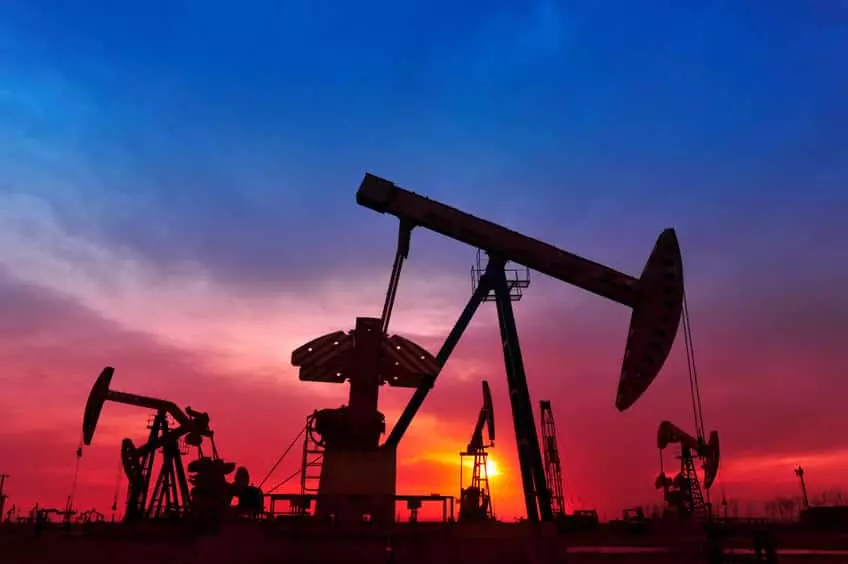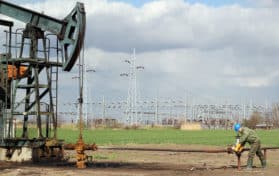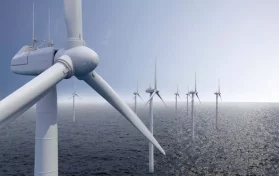
Late last week, President Joe Biden announced that he would be releasing 180 million barrels of oil from the Strategic Reserve, a measure the White House claims will do little to alleviate pain at the gas pump. Voters from both parties as well as independents are decrying the highest gas prices in over a decade, and Biden’s announcement is meant to answer the American public’s call to help the consumer in a time where inflation sits at nearly eight percent.
The Biden Administration has been plagued with economic issues since the president was inaugurated. One of Biden’s initial actions in office was to write an executive order which stopped the construction of the Keystone XL pipeline. Gas prices as well as energy prices overall surged upward throughout 2021. By the end of the year, gas prices had increased by nearly a dollar. When Russia invaded Ukraine on February 24, gas prices shot up even further. Within days, the national average for a gallon of gas hit a record – $4.33.
Americans have grown increasingly impatient with the rise in gas and groceries, which often go hand in hand. In response, the Biden Administration has blamed Russian President Vladimir Putin and greed in oil and gas company executives for the surge in fuel prices.
Kevin O’Scannlain posted a response to the assertations posited by the White House. O’Scannlain is Vice President of Upstream Policy at the American Petroleum Institute. O’Scannlain sheds some light on the claims made by the White House and exactly what is to blame for a lack of oil production in the United States.
Likely, Americans have heard the claim that “American oil and natural gas producers are sitting on 9,000 leases” and that they simply won’t drill in order to ramp up production in the US. However, O’Scannlain calls this a “red herring” claim – a “smokescreen for the (Biden Administration’s) energy policies.”
Some issues O’Scannlain pointed out:
- The “use it or lose it” provision in a lease holds that a company must produce oil or gas on a lease or return it to the government.
- When a lease is acquired, companies pay a “significant financial investment,” and, if they do not get the lease producing, the company must pay an additional “rent” on the lease “until and unless it begins producing.”
- The Mineral Leasing Act prevents one company from “locking up” federal lease acreage that is unproductive.
- Developing these leases can take years before a company is able to determine if the lease will be profitable, and often, companies are met with legal challenges or administrative challenges at both the state and federal level.
It’s also important to remember that many of those who profit from oil and gas company success are the shareholders. Producers are often reluctant to require that shareholders take significant financial risk in order to discover that a lease is completely unprofitable.
Reports on Biden’s approval of leases and permits vary. Some news outlets contend that the Biden Administration has offered more leases than Trump did in his first year by thirty-four percent, while Energywire notes that Biden only approved 95 leases in January 2022 (between Biden’s inauguration in January 2021 and April 2021, the Biden Administration had approved 643).
Energywire contends that environmental groups have put pressure on the Biden Administration regarding the approval of so many leases; he likely also catches flak from the progressive, green-energy touting lawmakers in his party.
Drilling leases have fallen off in number since hitting an apex in April 2021. By September, the Bureau of Land Management saw four months in a row of a slowdown in approvals by the Biden Administration.
While the White House would like to place blame on the oil and gas companies as well as the #PutinPriceHike, there is more to the story. Will the Biden Administration do more to assist Americans with growing inflation before the summer driving season begins?





